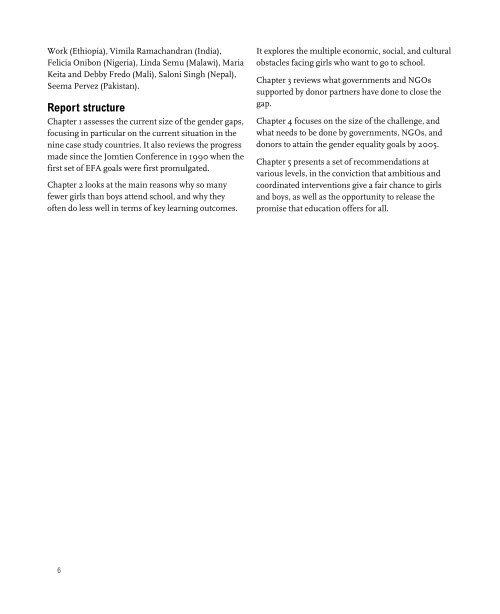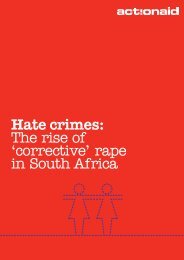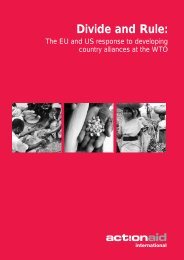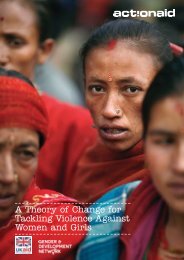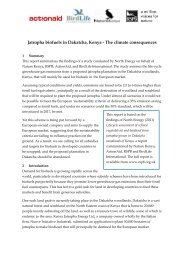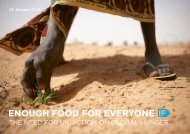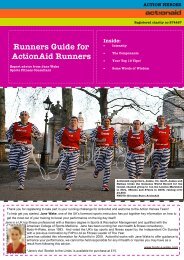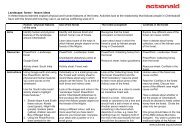A fair chance - United Nations Girls' Education Initiative
A fair chance - United Nations Girls' Education Initiative
A fair chance - United Nations Girls' Education Initiative
You also want an ePaper? Increase the reach of your titles
YUMPU automatically turns print PDFs into web optimized ePapers that Google loves.
Work (Ethiopia), Vimila Ramachandran (India),Felicia Onibon (Nigeria), Linda Semu (Malawi), MariaKeita and Debby Fredo (Mali), Saloni Singh (Nepal),Seema Pervez (Pakistan).Report structureChapter 1 assesses the current size of the gender gaps,focusing in particular on the current situation in thenine case study countries. It also reviews the progressmade since the Jomtien Conference in 1990 when thefirst set of EFA goals were first promulgated.Chapter 2 looks at the main reasons why so manyfewer girls than boys attend school, and why theyoften do less well in terms of key learning outcomes.It explores the multiple economic, social, and culturalobstacles facing girls who want to go to school.Chapter 3 reviews what governments and NGOssupported by donor partners have done to close thegap.Chapter 4 focuses on the size of the challenge, andwhat needs to be done by governments, NGOs, anddonors to attain the gender equality goals by 2005.Chapter 5 presents a set of recommendations atvarious levels, in the conviction that ambitious andcoordinated interventions give a <strong>fair</strong> <strong>chance</strong> to girlsand boys, as well as the opportunity to release thepromise that education offers for all.6


